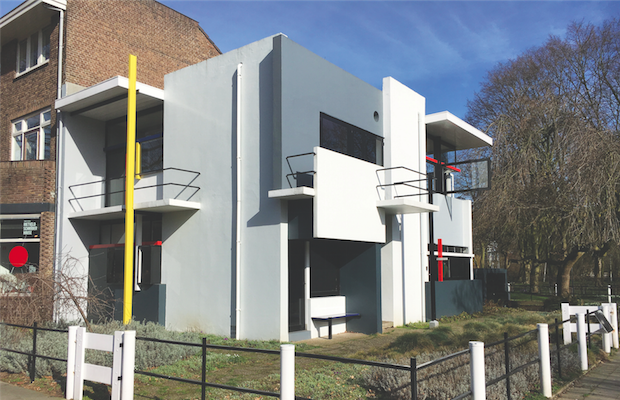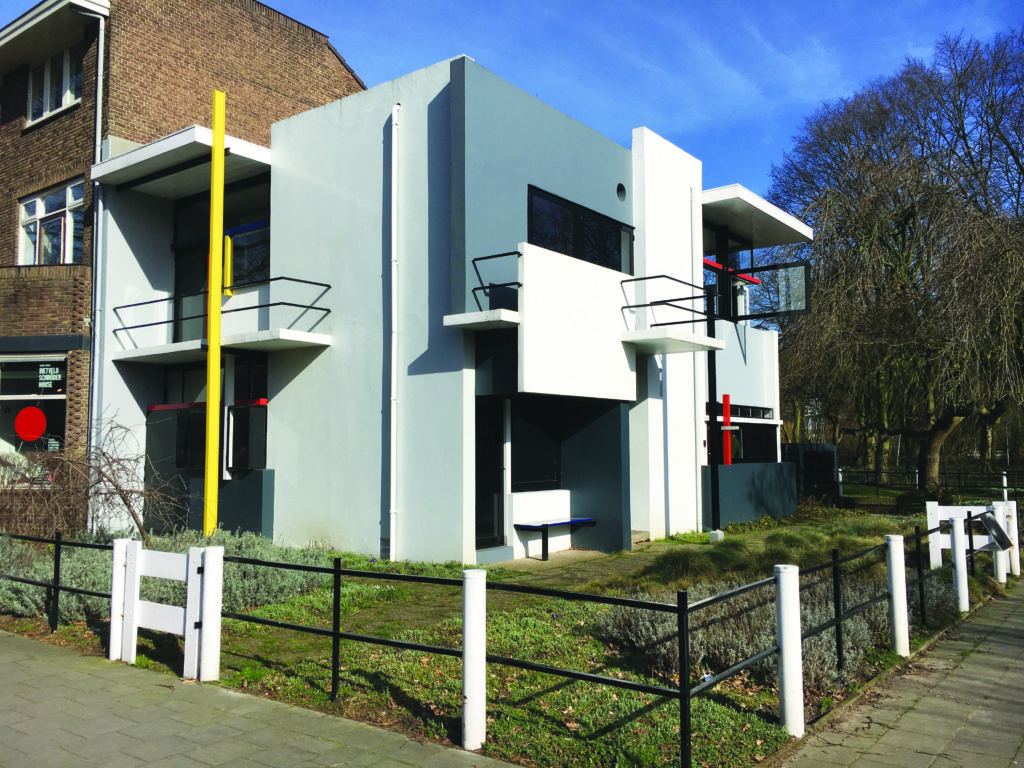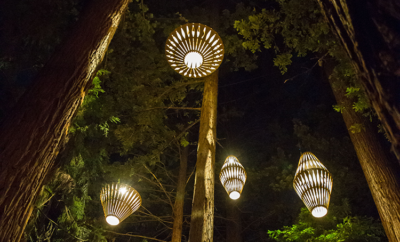 Marisa Bartolucci Photo
Marisa Bartolucci Photo
Design
From Mondrian to Dutch Design
NINETEEN SEVENTEEN was a year of revolution, ushering in the first-ever Communist government in Russia and one of the earliest abstract art movements, De Stijl, in Holland. The events may not seem immediately comparable, yet both were driven by utopian ideologies that shaped the modern world. And there was much communication between Russia’s own revolutionary abstract artists and the Dutch. While Soviet Communism came to an inglorious end, De Stijl inspired generations of artists and designers to believe that pure abstraction might serve as a universal language, one expressive of a higher cosmic harmony that might lead to a world where divisions between art, life, and culture would dissolve. If De Stijl’s preferred colors were primary, its vision was downright trippy.
Happily, its vibrant legacy lives on. Which is why the Dutch are marking the movement’s centenary with special exhibitions throughout the Netherlands under the rubric From Mondrian to Dutch Design. If you’re anywhere near the Low Countries, this is a celebration not to be missed.
The chief theorist and ambassador of De Stijl (the style) was Theo van Doesburg, a young painter, poet, and art critic. When he chanced upon some of the early cubist-inspired rough-gridded canvases that Piet Mondrian painted while living in Paris, he was transfixed. He recognized these abstractions of reality— Mondrian had started as a gifted nature painter—as the new ideal in art for which he’d been searching. He contacted Mondrian, and the two, with such like-minded talents as Bart van der Leck and J. J. P. Oud, formed the movement, along with a journal of the same name. Cheeky verbal gamers, as were so many of that era’s vanguardists, they chose stijl to play on its secondary meaning “cross joint”—a visual reference to their reductive, right-angle-loving compositions.
Since Mondrian was such a seminal figure, if you visit only one De Stijl landmark make it the recently reopened Mondriaanhuis in the picturesque medieval city of Amersfoort, a little more than thirty miles southwest of Amsterdam. Located in the house where the artist was born and raised, the museum presents several captivating audiovisual exhibits by the internationally renowned Dutch exhibition design firm Bruns that wittily reference his iconic imagery and silhouette. There’s also a replica of his rue du Départ atelier, conceived as a three-dimensional version of his pioneering compositions, which made for such a startling interior that just about every member of the European avant-garde in Paris went to see it. The installation reveals a surprising personal side of this ascetic-looking artist, too: there’s a wall of photos of a scantily clad Josephine Baker, whom the dance-loving Mondrian considered the greatest interpreter of the Charleston.
In a move very much in keeping with De Stijl’s idealism, Bruns has recently moved its headquarters to a textile factory in Bergeijk, almost one hundred miles south of Amsterdam, that is the only industrial building ever designed by Gerrit Rietveld of the fabled Zig Zag chair. A Utrecht cabinetmaker-turned-designer and architect, who joined De Stijl not long after its founding, Rietveld became one of the movement’s most prolific members. With its glazed facade, arching ceiling, clerestory windows, and open work spaces, his factory, completed in 1958, was designed to bring daily pleasure to its workers, who looked out on a surrounding park planned by Mien Ruys, one of the country’s leading garden designers. Tours of the factory and the gardens can be booked. If you are a fan of Rietveld, you might also want to visit Utrecht, his hometown, about thirty miles south of Amsterdam, and see his groundbreaking Rietveld-Schröder House. Built in 1924 for the young widow Truus Schröder-Schräder, with whom he later lived, it is one of the buildings that forged the International style. Much as it’s been published, you can’t really understand how daring it was, or how small, until you step inside. And now we know, too, that Schröder-Schräder was intimately involved in its design, along with most of Rietveld’s later work. There’s also an excellent show, Rietveld’s Masterpiece: Long Live De Stijl! at the city’s Centraal Museum (through June 11).
Much has been made of the debt De Stijl owes not only to the cubists, but also to Frank Lloyd Wright—compare photos of the Ward W. Willits House with some of van Doesburg’s paintings. Nevertheless, if you drive around Holland, it becomes clear that this movement sprang right out of the country’s soggy dike-gridded polders. If you don’t have time to travel beyond Amsterdam, the city’s two stellar museums, the Rijksmuseum and the Stedelijk Museum Amsterdam, are both presenting De Stijl shows. The more notable may be De Stijl at the Stedelijk, documenting the influence the short-lived movement, which ended with van Doesburg’s death in 1931, had on later generations of artists, including Roy Lichtenstein and Isa Genzken. Other exhibitions will acknowledge its influence on such current Dutch design stars as Maarten Baas, Hella Jongerius, Joris Laarman, and Piet Hein Eek.

The Rietveld Schröder House in Utrecht, Netherlands, built in 1924 for Truus Schröder-Schräder and her three children, was notable for its flexible spatial arrangement and use of primary colors and geometric forms. Marisa Bartolucci Photo












